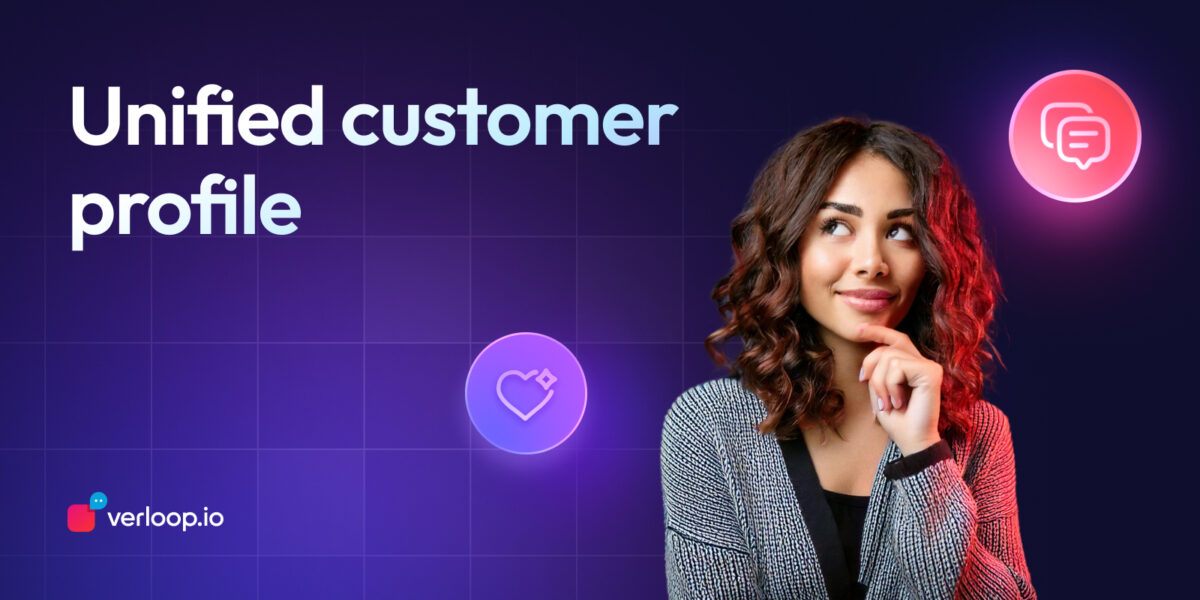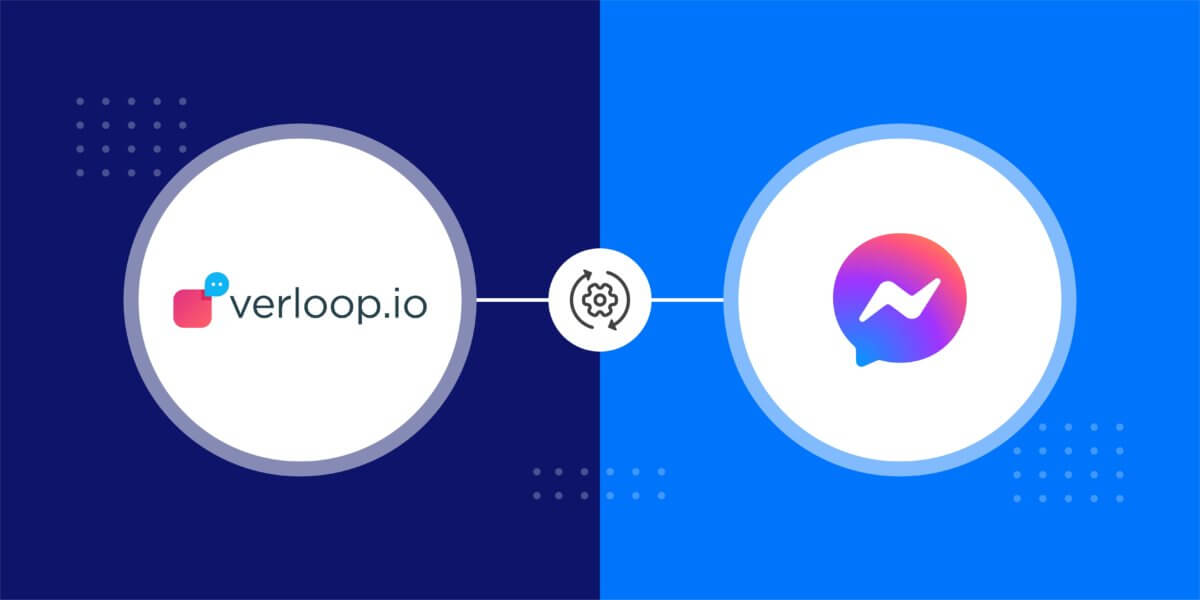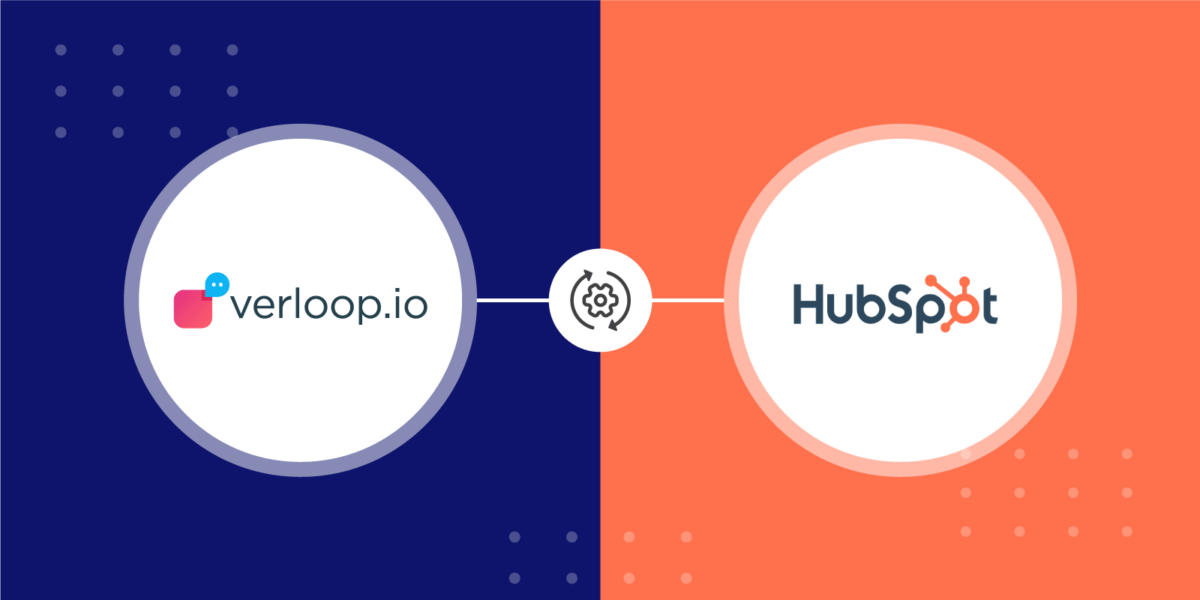The Link Between User Delight and High NPS (And How to Strengthen It)
- July 10th, 2025 / 5 Mins read
-
Aarti Nair

The Link Between User Delight and High NPS (And How to Strengthen It)
- July 10th, 2025 / 5 Mins read
-
Aarti Nair
Most businesses track Net Promoter Score (NPS) to gauge loyalty. A high score signals brand love; a low one sparks panic. But here’s the disconnect—while companies obsess over the number, they often overlook what actually drives it: user delight.
NPS answers “Would you recommend us?”
User delight answers “Did we surprise you—in a good way?”
And the truth is, customers don’t recommend brands because the experience was just “fine.” They do it when something clicks, when the interaction goes beyond expectation. When it feels effortless, personal, or unexpectedly helpful.
In other words, delight creates promoters, not just satisfaction.
In this blog, we’ll explore how delight fuels high NPS, where businesses miss the mark, and what you can do to turn passive users into active advocates.
Let’s unpack the connection and, more importantly, how to strengthen it.
What Is User Delight (And How Is It Different from Satisfaction)?
We often use “satisfaction” and “delight” interchangeably, but they’re not the same. And when it comes to NPS, the distinction matters.
User satisfaction is about meeting expectations.
You delivered what was promised. The product worked. The support team responded. Nothing went wrong—but nothing stood out either.
User delight, on the other hand, is about exceeding expectations.
It’s the small surprise, the faster-than-expected resolution, the helpful gesture that wasn’t required but made the customer feel seen.
Satisfaction prevents churn.
Delight creates loyalty and drives referrals.
Here’s a simple way to differentiate Customer Satisfaction and User Delight:
| Satisfaction | Delight |
|---|---|
| “That worked as expected.” | “Wow, that was easier than I thought!” |
| “Support responded within SLA.” | “Support resolved it instantly—on a Sunday!” |
| “The feature is functional.” | “The feature anticipated my need.” |
| “I’d use it again.” | “I’d recommend it to others.” |
In a world where product parity is common and switching costs are low, satisfaction is the baseline. Delight is the differentiator.
So, if you want to move your NPS needle meaningfully, the question isn’t: “Are customers satisfied?”
It’s: “Are they surprised and in a way that makes them want to talk about us?”
Why User Delight Is Important?
It’s easy to dismiss delight as a “nice-to-have” — something that lives in marketing copy or UX principles. But for businesses that measure retention, referrals, and lifetime value, user delight is a serious growth lever.
Here’s why it matters:
1. Delight Drives Word-of-Mouth (And Promoters)
NPS is fundamentally a measure of recommendation.
And people don’t recommend brands for doing the bare minimum. They do it when something clicks, when the experience is so smooth, helpful, or unexpected that it makes them say,
“That was really impressive — you should try it too.”
Delight turns passive users into vocal advocates.
2. Delight Is Memorable — Satisfaction Isn’t
Customers forget functional. They remember friction and delight.
In crowded markets where dozens of tools or services offer the same features at similar prices, it’s how you made someone feel that creates long-term stickiness.
3. It Strengthens NPS at the Top of the Curve
The biggest mistake businesses make is focusing on “fixing detractors” instead of amplifying promoters.
Delight is how you convert a passive “7” into a raving “10.”
Want to push your NPS from 50 to 70? It’s not just about reducing complaints. It’s about increasing delight moments like the ones that surprise, reassure, or reward your customers in ways they didn’t expect.
4. It’s a Competitive Differentiator
Products can be copied. Features can be matched.
But consistently delightful experiences, from onboarding to cancellation, are hard to replicate. They build emotional loyalty that doesn’t waver with price comparisons or competitor ads.
Delight isn’t just about design. It’s a strategic investment in advocacy, retention, and long-term brand equity.
Coming up next: What kinds of experiences actually create delight—and how you can systemise them.
What Kinds of Customer Experiences Actually Create Delight?
User delight isn’t accidental, it’s designed. And while the specifics may vary by industry, the patterns are clear: delight is created when expectations are exceeded in moments that matter.
Here are the kinds of customer experiences that consistently generate delight and move users into promoter territory:
1. Frictionless Onboarding
Your product may be powerful, but if getting started feels like a chore, enthusiasm fades quickly.
Delight trigger: A guided setup, smart defaults, and contextual nudges that help users find value quickly—without needing a support ticket.
Example: A SaaS platform that auto-imports user data, recommends first actions, and sends a celebratory email when setup is complete—within minutes.
2. Proactive Support
Most support is reactive. But when brands reach out before a user knows there’s a problem, it creates a moment of unexpected value.
Delight trigger: A heads-up about potential downtime, an alert about suspicious activity, or a proactive solution based on usage patterns.
Example: A customer success manager noticing unusual churn risk behaviour and scheduling a check-in before the renewal is due.
3. Fast and Empathetic Issue Resolution
Speed is good. Speed with empathy is unforgettable.
Delight trigger: Getting an issue resolved on the first try, with clear ownership and a tone that reflects understanding—not policy.
Example: A travel company refunding a customer instantly after a missed flight—and offering credit for the next booking, no questions asked.
4. Personalised Interactions
Customers don’t expect brands to remember everything—but when you do, it stands out.
Delight trigger: Messaging that recognises past purchases, preferences, or past issues and tailors the experience accordingly.
Example: A chatbot that greets a returning user by name and asks if their last issue was resolved—before starting a new conversation.
5. Helpful Surprises
Delight doesn’t always need to be functional. Sometimes, it’s just about adding joy.
Delight trigger: A thank-you note, an upgrade without asking, a helpful tip that’s not part of the script.
Example: A productivity app that unlocks a free premium feature for long-term users—no announcement, just a quiet gesture of appreciation.
User delight is created at the intersection of speed, empathy, proactivity, and personalisation. It’s not one big gesture—it’s a series of small, thoughtful ones, executed consistently.
What Is NPS (Net Promoter Score)?
Net Promoter Score or NPS is a simple, widely used metric that helps businesses understand how likely their customers are to recommend them to others.
You’ve probably seen the question before:
“On a scale of 0 to 10, how likely are you to recommend our product/service to a friend or colleague?”
Based on their responses, customers are classified into three buckets:
| Score | Category | What it Means |
|---|---|---|
| 9–10 | Promoters | Loyal fans who actively recommend you |
| 7–8 | Passives | Satisfied, but not enthusiastic—easily swayed |
| 0–6 | Detractors | Unhappy customers likely to churn or discourage others |
Your NPS is then calculated using a simple formula:
NPS = % of Promoters – % of Detractors
Why NPS Matters (More Than You Think)
NPS isn’t just another metric on a dashboard. It’s a predictor of long-term customer behaviour, a signal of how well your product or service is landing beyond the surface-level satisfaction.
While CSAT tells you how a customer felt after a specific interaction, NPS reflects how they feel about your brand as a whole and whether they’re willing to put their reputation on the line to recommend you.
High NPS = High Advocacy
When a customer gives you a 9 or 10, they’re not just happy but they’re willing to vouch for you. That kind of trust translates to:
-
Organic word-of-mouth growth
-
Higher customer lifetime value (CLTV)
-
Lower acquisition costs
-
Increased renewal and upsell rates
Promoters don’t just stay, they bring others with them.
Low NPS = Silent Attrition Risk
What makes NPS powerful is its ability to reveal what CSAT often hides.
A customer may rate your support team a 5/5 after resolving an issue—but still give you a 6 on NPS because the overall experience felt underwhelming or unmemorable. That subtle dissatisfaction, if left unaddressed, leads to churn.
And here’s where many businesses get blindsided:
Passives (7–8) are the danger zone.
They won’t complain. They won’t leave a bad review.
But they also won’t advocate for you. They’re emotionally detached—and ripe for competitors to win over.
To move the NPS needle, satisfaction isn’t enough.
You need to go beyond resolving issues and start creating positive, memorable moments, the kind that users talk about.
This is where delight becomes a strategy, not a soft skill.
NPS vs CSAT vs CES: What’s the Difference?
If you’re in the business of customer experience, chances are you’ve come across all three: NPS, CSAT, and CES.
Each of these metrics has its place—but they’re not interchangeable.
Let’s break down how they differ, what they measure, and when to use them:
| Metric | What It Measures | Question Asked | When to Use | Why It Matters |
|---|---|---|---|---|
| NPS | Loyalty and likelihood to recommend | “How likely are you to recommend us to a friend or colleague?” | Quarterly/bi-annually to measure brand sentiment | Predicts growth and advocacy |
| CSAT | Immediate customer satisfaction | “How satisfied were you with your experience?” | Right after an interaction or transaction | Tracks short-term happiness; agent or service quality |
| CES | Ease of customer experience | “How easy was it to get your issue resolved?” | After support calls, onboarding, or feature use | Indicates friction points; helps reduce churn |
-
CSAT is perfect for measuring how a support agent handled a query. You want to know: Did the issue get resolved? Was the customer happy with the tone, speed, and professionalism?
-
CES steps in when you’re focused on removing friction. Think post-onboarding surveys, checkout flows, or form fills. A high CES (i.e., experience felt easy) leads to better retention.
-
NPS zooms out. It’s your big-picture loyalty compass. If CSAT and CES are about snapshots, NPS is your long-term trendline.
So, which one should you use?
The smart answer: All three at the right touchpoints.
-
Use CSAT to evaluate service quality
-
Use CES to fix UX or process bottlenecks
-
Use NPS to monitor overall brand perception and loyalty
Together, they give you a full view of not just how customers feel but why they stay or leave.
Next up: how user delight actually influences NPS and what kind of experiences drive those 9s and 10s.
How User Delight Actually Influences NPS
It’s a common misconception: if your customer is satisfied, your NPS will automatically be high.
But here’s the truth, satisfaction keeps customers from churning, while delight turns them into promoters.
NPS doesn’t just measure how content your users are. It captures how emotionally invested they are in your brand and whether they’re willing to recommend you to others.
A satisfied customer might say:
“It worked fine.” (and give you a 7 or 8)
A delighted customer says:
“That was unexpectedly great—I’ll definitely recommend it.” (and gives you a 9 or 10)
That emotional lift from neutral to enthusiastic is what makes delight the key driver of a strong NPS.
So while CSAT might tell you the support rep did a good job, only delight influences your customer’s likelihood to advocate for you and that’s exactly what NPS measures.
What Drives a High NPS Score?
Moving from a decent NPS to an excellent one isn’t about big budget overhauls or grand gestures—it’s about designing experiences that consistently exceed expectations.
And the good news?
Delight is repeatable.
When done right, it becomes part of your product, your process, and your support culture.
Here’s what separates a brand that’s “okay” from one customers can’t stop talking about:
1. Proactive Problem Solving
Great experiences don’t wait for a complaint, they anticipate needs.
Whether it’s flagging a billing issue before the due date or warning users of a known bug before they hit it, proactive support builds confidence.
“They notified me before I had to ask. That’s rare.”
This isn’t just operational efficiency—it’s a trust builder. When customers feel like you’re looking out for them, they’re far more likely to advocate for you.
2. Speed with Empathy
Fast support is expected. But when speed meets empathy?
That’s where delight kicks in.
Imagine a user facing an account issue during a critical deadline. A bot gathers the context. An agent steps in within minutes resolves it, acknowledges the urgency, and follows up politely.
“I didn’t expect someone to solve this so quickly—and actually be kind.”
It’s not just what you fix, it’s how you make people feel in the process. Speed without warmth feels robotic. Empathy adds the “human” that NPS rewards.
3. Consistency Across Channels
Today’s users move across touchpoints fluidly.
- WhatsApp.
- Email.
- Chat.
- Phone.
A customer shouldn’t have to explain their issue all over again each time.
“They knew my history no matter where I reached out.”
Consistency signals maturity. It tells users your systems are connected and that you value their time.
4. Unexpected Helpfulness
Delight often hides in the little things: a chatbot that remembers past queries, a feature that anticipates the next step, or a help article automatically sent during a workflow.
“That was a pleasant surprise.”
Customers don’t expect magic but when they get it, they remember. Surprise simplifies complexity. And that simplicity becomes a story they share.
5. Small ‘Wow’ Moments
You don’t always need to do more but do something extra.
A thank-you note. An upgrade you didn’t ask for. A birthday message. It’s not the cost, it’s the thoughtfulness that gets you a 10.
“That little extra made me feel valued.”
Delight doesn’t scale through scale. It scales through design. These micro-moments build emotional equity and customers who feel seen stick around (and refer others).
A 7 or 8 means you did your job.
A 9 or 10 means you made an impact.
Delight turns transactions into relationships.
And relationships drive NPS.
How to Design Delight into Key Touchpoints
If delight drives high NPS, the natural next step is to ask:
How do you make delight predictable and not accidental?
The answer lies in intentional experience design. You identify key touchpoints in the customer journey, then build repeatable systems that go beyond satisfaction and deliver moments of surprise, ease, and emotional value.
Let’s look at how that plays out across the lifecycle:
1. Onboarding
Your onboarding is your first big opportunity to earn a promoter.
Example: A SaaS platform uses progressive onboarding, personalised walkthroughs, and contextual tooltips. The experience feels intuitive, not overwhelming.
✅ Delight lens: Predict questions before they arise. Replace “here’s everything we do” with “here’s exactly what you need next.”
2. Support
Support is often the most emotionally charged moment in a customer journey. It’s also your best chance to turn frustration into loyalty.
Example: Verloop.io’s Unified Chat Dashboard gives agents full visibility into bot + human conversations and an instant AI-generated summary, so users don’t have to repeat themselves.
✅ Delight lens: Respect time and emotion. Fast, informed, and warm responses transform complaints into compliments.
3. Billing and Renewals
Most users see billing as a chore. But even that can be an opportunity to stand out.
Example: A fintech product reminds users of upcoming renewals, highlights usage value, and throws in a small loyalty credit.
✅ Delight lens: Be transparent, generous, and never transactional. Let them feel like they’re making a smart decision and not being milked.
4. Downtimes and Outages
Even the best platforms break. What matters is how you respond.
Example: A payments API sends a real-time update, shares estimated resolution time, and issues credit automatically after downtime.
✅ Delight lens: Honesty + initiative = relief. Silence = damage.
5. Feature Rollouts
Updates shouldn’t feel like homework. They should feel like upgrades.
Example: Instead of a dry release note, a team launches a new feature with a video walkthrough, user stories, and in-app prompts to try it.
✅ Delight lens: Frame every rollout as a gift, not a task.
To engineer delight into ordinary moments, so that extraordinary loyalty becomes the norm.
Up next: want to close the loop on NPS the right way?
Let’s talk about responding to feedback and especially from detractors and passives.
How to Respond to NPS Feedback (Especially from Detractors and Passives)
Gathering NPS data is just the beginning.
If all you do is log the score and move on, you’re missing the point and the opportunity.
Because every NPS response is more than a number.
It’s an invitation to listen, engage, and improve. Especially when it comes from detractors and passives, the two groups that don’t sing your praises, but often reveal the truth.
Let’s look at how businesses can respond meaningfully and turn silence or dissatisfaction into trust.
Start With This Principle: Close the Loop
Think of NPS as a conversation, not a survey.
When a customer gives you a score, they’re opening a door. Your job is to walk through it—quickly, thoughtfully, and with intent.
Why?
Because research shows that simply following up on negative feedback can increase retention rates by up to 70%.
Detractors: Repair Trust, Don’t Just Apologise
Detractors (those who score you 0–6) are signalling pain—something went wrong, and often it wasn’t just the product.
They may have:
-
Hit a friction point in onboarding
-
Received robotic or delayed support
-
Faced a pricing or billing issue they didn’t expect
Here’s how to respond effectively:
-
Act fast. A follow-up within 24–48 hours shows urgency and care.
-
Be personal. Avoid templates. Acknowledge the issue and the specific context.
-
Offer resolution or roadmap. If the issue can’t be solved now, explain what you’re doing about it—and keep them updated.
💬 Example:
A SaaS company noticed low NPS from users who experienced failed integrations. The support team responded within a day, shared a workaround, and looped in the product team to fix it. A few months later, the same users gave the platform a 9—because they felt heard.
Passives: Close the Gap Between ‘Okay’ and ‘Excellent’
Passives (scores of 7 or 8) often fly under the radar.
They’re not unhappy but they’re not loyal either. And they’re the most vulnerable to competitors who offer a slightly better experience.
What they’re really telling you is:
“You did your job. But you didn’t surprise me.”
To win them over:
-
Dig deeper: Ask, “What could we have done to earn a 9 or 10?”
-
Spot the common friction: Maybe your support was fast but cold. Or the product worked, but the learning curve was steep.
-
Deliver small, meaningful wins: UX improvements, clearer onboarding flows, or a single new feature can tip the scale.
💬 Example:
A product analytics platform saw many passives citing confusion around dashboard usage. They added a guided walkthrough and tooltips. In the next NPS round, scores jumped 10 points.
Don’t Ignore Your Promoters
Yes, your detractors need care. Your passives need attention.
But your promoters? They need to feel seen.
A thank-you note. Early access to features. A request for referrals. These are simple ways to reinforce delight and turn it into advocacy.
Treat Feedback as a System, Not an Incident
-
Set up alerts for low scores
-
Assign ownership for follow-ups
-
Track themes in passive feedback
-
Review changes in NPS by cohort (new users, high-value accounts, churned users)
Because NPS isn’t just a metric.
It’s a mirror.
And what you do after the score is where the real customer experience begins.
From User Delight to High NPS
NPS isn’t just a vanity score or a quarterly check-in.
Done right, it’s a window into how your customers feel, trust, and talk about you.
But if your goal is to consistently hit 9s and 10s, you need more than product-market fit.
You need experience-market fit, where delight is part of the design, not a lucky accident.
Here’s a quick checklist to put it into action:
Your NPS-to- User Delight Checklist
| Stage | What To Do | Why It Matters |
|---|---|---|
| Capture the Score | Run regular NPS surveys (email, in-app, post-support) | Keeps feedback loops active, not static |
| Tag by Segment | Split by product, lifecycle stage, revenue tier | Helps spot patterns and prioritise action |
| Close the Loop | Respond within 48 hours, especially to detractors | Builds trust—even when the fix is pending |
| Map the Journey | Identify moments of truth (onboarding, renewal, support) | Find where delight can be designed |
| Systemise Delight | Automate help before it’s asked. Add small ‘wow’ moments | Makes delight repeatable, not random |
| Turn Promoters into Advocates | Ask for testimonials, reviews, referrals | Converts happy users into growth drivers |
| Track & Iterate | Measure NPS over time + pair with CSAT, CES | Shows whether delight efforts are landing |
Satisfied users stay. Delighted users stay, refer, and promote.
And that’s the magic NPS is really measuring and not just service delivery, but emotional resonance.
So, don’t chase the number.
Design the experience that earns it.
FAQs: User Delight & NPS
1. What is the ideal NPS for a B2B business?
While it varies by industry, a score above 30 is considered good, and anything above 50 is excellent. For SaaS and B2B tech, aiming for 60+ typically indicates strong customer advocacy and retention.
2. How often should we measure NPS?
It depends on your business model.
-
For high-touch B2B: Quarterly or post-major interactions (like onboarding or support resolution).
-
For product-led growth: Monthly, segmented by lifecycle stage or cohort.
3. Is a high CSAT enough, or do we need to track NPS too?
Not necessarily.
CSAT captures satisfaction with individual interactions.
NPS reflects overall brand sentiment and loyalty.
You need both to get a full picture and especially to catch silent churn risks (like passives).
4. What’s the difference between NPS, CSAT, and CES?
-
NPS: Would they recommend you? (Measures loyalty)
-
CSAT: Were they satisfied with the last experience? (Measures short-term satisfaction)
-
CES: How easy was it to get what they needed? (Measures effort and usability)
Each metric answers a different question—together, they create a complete customer health snapshot.
5. What’s one common mistake businesses make when using NPS?
Treating it as a reporting metric instead of a feedback loop.
Businesses often collect NPS scores but fail to follow up with detractors or learn from passives. That’s where the real improvement lies.
6. How can I increase my NPS without overhauling the entire customer experience?
Focus on small, repeatable improvements:
-
Speed up response times
-
Personalise support
-
Add proactive nudges
-
Fix known friction points
Delight is rarely one big thing and it’s a hundred small ones done right.







